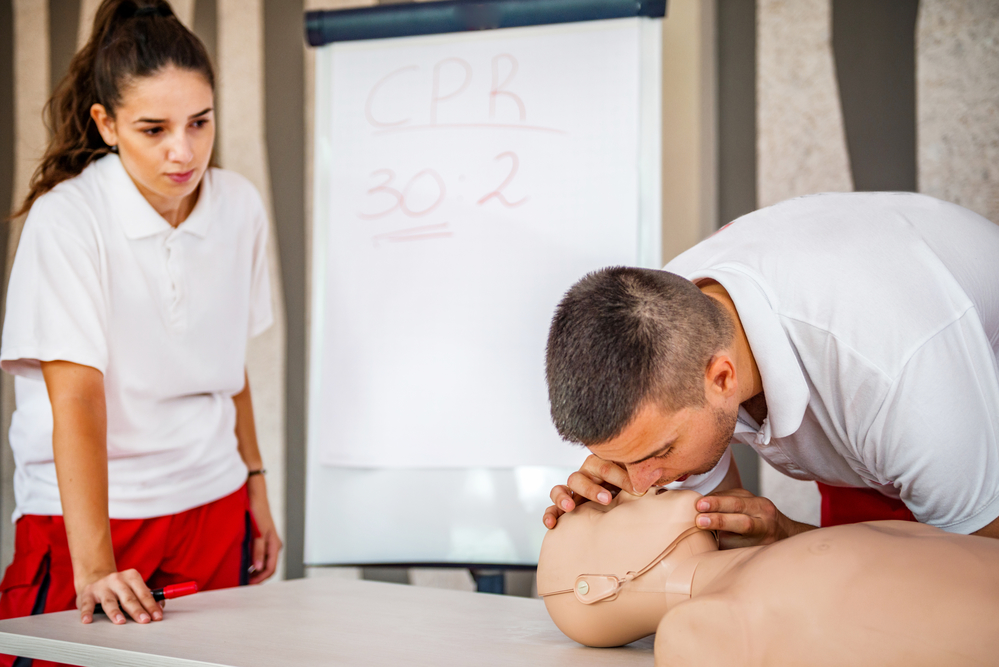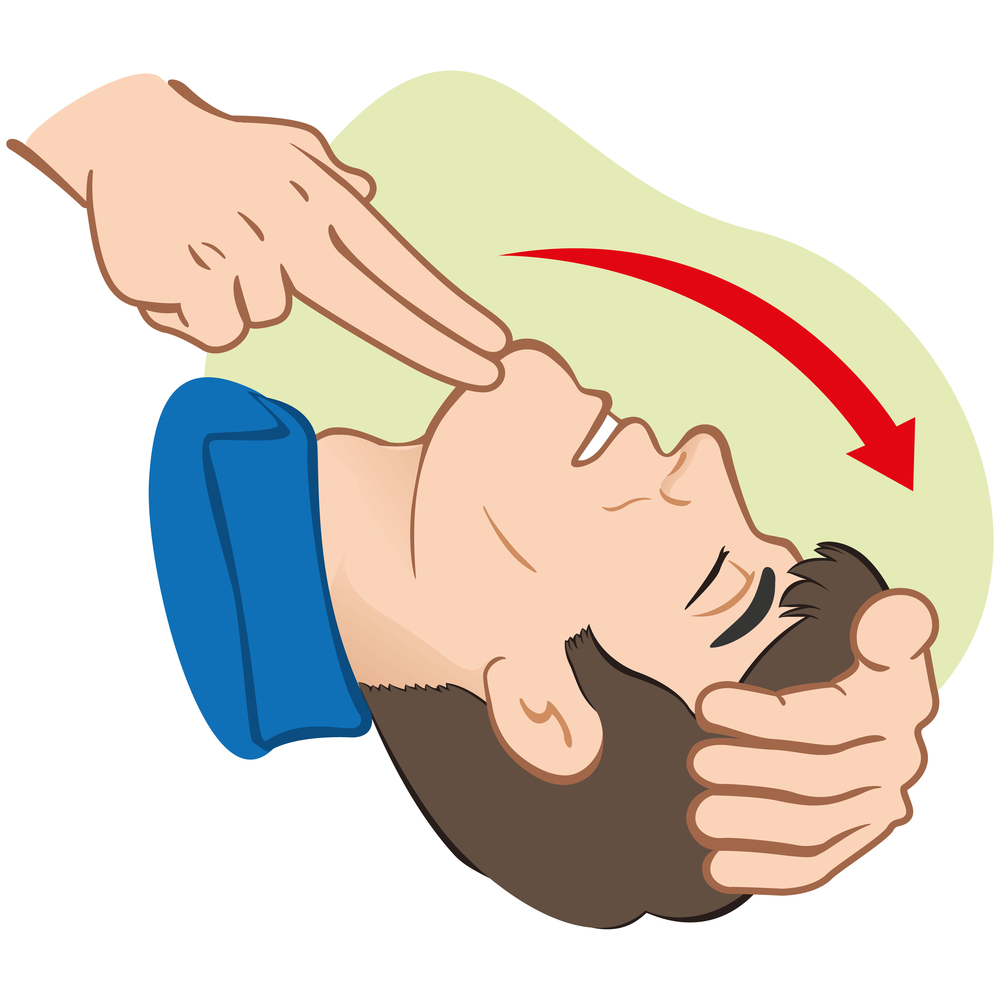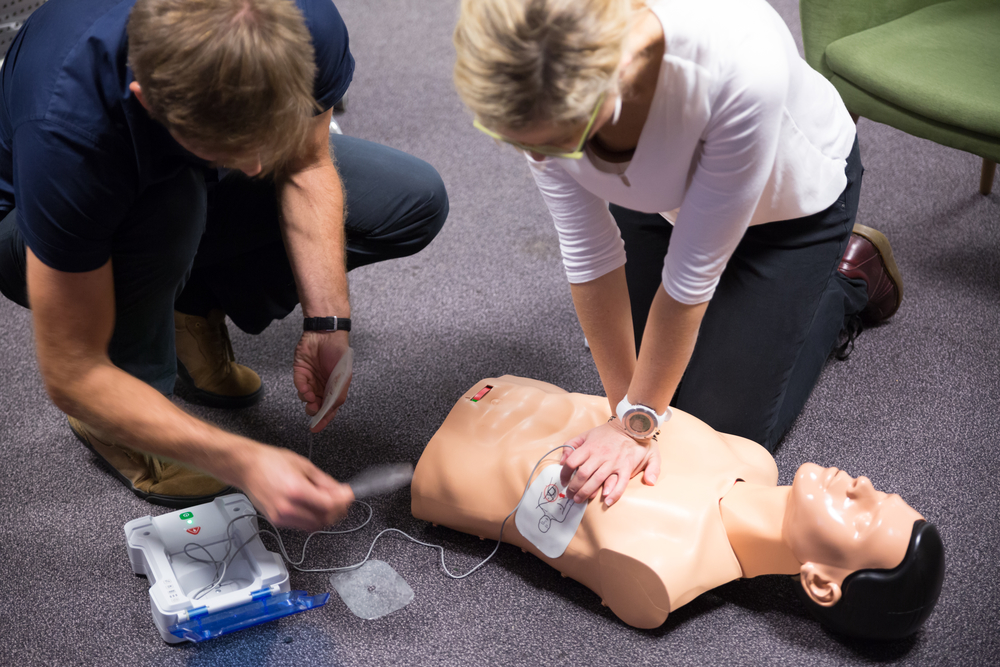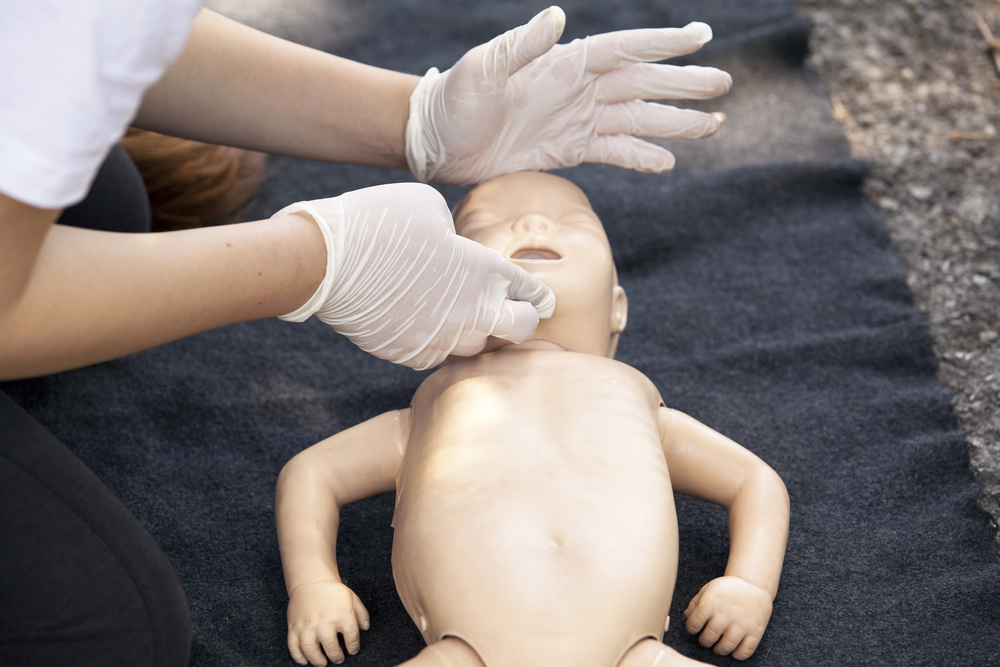Be a CPR Instructor in Buenaventura Lakes in only 2 Days.
In-House Instructor or Business Opportunity Florida
Free Alignment for Current Instructors
Once you successfully finish the AHA Instructor Certification Program provided by CPR Training School, you’ll be ready into start teaching cpr certification classes as a certified American Heart Association instructor.
You can instruct;
- BLS for Healthcare Provider Classes
- Heartsaver CPR and AED
- First Aid
- Blood Borne Pathogens course
- Friends and Family courses
- Blended Courses and Skills Testing
- Trauma Bleeding Control

Becoming a CPR Instructor in Buenaventura Lakes Florida

You may opt to offer Buenaventura Lakes first aid and Heartsaver CPR and AED training onto a full-time or part-time basis. As an AHA Training Center, CPR Training School is fully equipped to help you learn precisely what you will need to triumph in Buenaventura Lakes. Also we supply discounted prices to our instructors to make running their local Buenaventura Lakes business easier and quicker.
As a Buenaventura Lakes BLS for Healthcare Provider and first aid instructor, you can set your own hours, pick to work at various places like Buenaventura Lakes, FL.
We will supply online accessibility for blended course, certification cards, instructor essentials, and more.
Become an In-House CPR Instructor in Buenaventura Lakes, Florida
Maybe you would like to have the ability to provide safety and health training to your present Buenaventura Lakes Supervisor job. Maybe safety training is a part of your regular duties to teach and notify people on safety skills.
You may be a Nurse and desire to supply first aid and Friends and Family training to your workers. A number of our Instructors are from the human resources division and also will need to provide coaching in Buenaventura Lakes, FL..
As an AHA Training Center, CPR Training School provides you with all of you want to provide in-house training to large amounts of individuals.
This will help to decrease that the cost of training and ensures that somebody will be always first aid and BLS for Healthcare Provider trained on your own Buenaventura Lakes staff. Our applications help companies become initial aid and Trauma Bleeding Control OSHA compliant and ensure safety throughout the businesses Buenaventura Lakes, FL place.
Whether you work in construction, the security business, senior care, a health professional , Supervisor or a different area of employment, our in-house Blended Courses and Skills Testing Instructor Course is excellent for you.

What are the Benefits of Becoming a CPR Instructor in Buenaventura Lakes?

Being a Buenaventura Lakes established Friends and Family instructor provides you with a business opportunity. You also have an opportunity to train people in your company .
Blood Borne Pathogens Instructor training additionally supplies you with a unique set of skills and body of knowledge that you can use in the case of an Buenaventura Lakes crisis. After all, the very best way to know if you know something is to teach it to somebody else.
Taking a first aid and Blended Courses and Skills Testing teacher program will help profit a better knowledge of what being safe ways. Your unique perspective on ensuring that others understand that the value of safety from the Buenaventura Lakes office or at your house.
If you work in a sizable Buenaventura Lakes company as a Health Director, safety training may occur each day of the year. Imagine the cost savings of having an Buenaventura Lakes first aid and Heartsaver CPR and AED training supplier on employees?
There’s no limitation to how you can utilize your CPR and first aid instructor certification. You may build a Buenaventura Lakes company slowly over time, or educate after a year to your manager and colleagues. We’ll help you every step of how and provide you with whatever you want to perform the task at hand.
How Much Can I make as a CPR Instructor in Buenaventura Lakes, Florida
As of 2020, the average annual pay for an average of a Full and Part-time CPR Instructor in Buenaventura Lakes, Florida is $44,000 a year.
While seeing annual salaries as high as $90,500 and as low as $17,000, the bulk of salaries inside the CPR Instructor jobs category presently range between $32,000 (twenty fifth percentile) to $49,000 (seventy fifth percentile) in Florida. The average pay range for a CPR Instructor process varies little (about $17,000), which shows that regardless of location, there aren’t many possibilities for increased pay or advancement, even with numerous years of experience.
Buena Ventura Lakes, more commonly known as BVL, is a census-designated place (CDP) in northern Osceola County, Florida, United States, near Kissimmee. Its population was 26,079 at the 2010 census. It is part of the Orlando–Kissimmee–Sanford, Florida Metropolitan Statistical Area. The community is served by the Osceola Library System.
Buena Ventura Lakes is very well known as a Puerto Rican and New Yorican neighborhood (Little Puerto Rico or Little New York).
Buena Ventura Lakes is located northeast of Kissimmee, near the interchange of the Osceola Parkway and Florida’s Turnpike. Its coordinates are 28°19′51″N 81°21′6″W / 28.33083°N 81.35167°W (28.330820, -81.351657). Its northern side is adjacent to Meadow Woods in Orange County.
As of the census of 2000, there were 21,778 people, 6,901 households, and 5,645 families residing in the CDP. The population density was 3,892.0 people per square mile (1,501.5/km2). There were 7,931 housing units at an average density of 1,417.4/sq mi (546.8/km2). The racial makeup of the CDP was 62.66% White, 11.78% African American, 0.38% Native American, 2.68% Asian, 0.09% Pacific Islander, 17.48% from other races, and 4.93% from two or more races. Hispanic or Latino of any race were 54.63% of the population.
There were 6,901 households, out of which 41.4% had children under the age of 18 living with them, 60.1% were married couples living together, 16.4% had a female householder with no husband present, and 18.2% were non-families. 13.2% of all households were made up of individuals, and 5.6% had someone living alone who is 65 years of age or older. The average household size was 3.15 and the average family size was 3.42.
In the CDP, the population was spread out, with 29.1% under the age of 18, 9.6% from 18 to 24, 28.6% from 25 to 44, 21.7% from 45 to 64, and 11.0% who were 65 years of age or older. The median age was 34 years. For every 100 females, there were 93.4 males. For every 100 females age 18 and over, there were 89.7 males.
The median income for a household in the CDP was $39,023, and the median income for a family was $40,764. Males had a median income of $26,768 versus $21,314 for females. The per capita income for the CDP was $14,742. About 7.9% of families and 10.2% of the population were below the poverty line, including 11.6% under the age of 18 and 11.5% ages 65 or older.
As of the 2010 Census, there were 26,079 people, and 8,415 households in the CDP. The population density was 4,675.3 people per square mile. There were 9,340 housing units in the CDP. The racial make up of the CDP was 61.2% white (15.1% non-Hispanic white), 14.2% black or African American, 0.6% American Indian or Alaska Native, 2.6% Asian, 0.1% Pacific Islander, and 4.9% were from two or more races. Hispanic or Latinos of any race made up 69.6% of the population, Puerto Ricans alone made up 44.5 percent (11,618) of the area’s population. 6.5% of the population was under 5 years old, 26.4% was under 18 years old, and 11.5% was 65 years or older. The median household income was $41,155, and the per capita income was $15,950. 16.7% of the population lived below the poverty line. 68.9% of the population 5 years or older spoke a language other than English at home. 78.9% of the population aged 25 or older was a high school graduate or higher, and 11.2% of the population aged 25 or older had a bachelor’s degree or higher.



